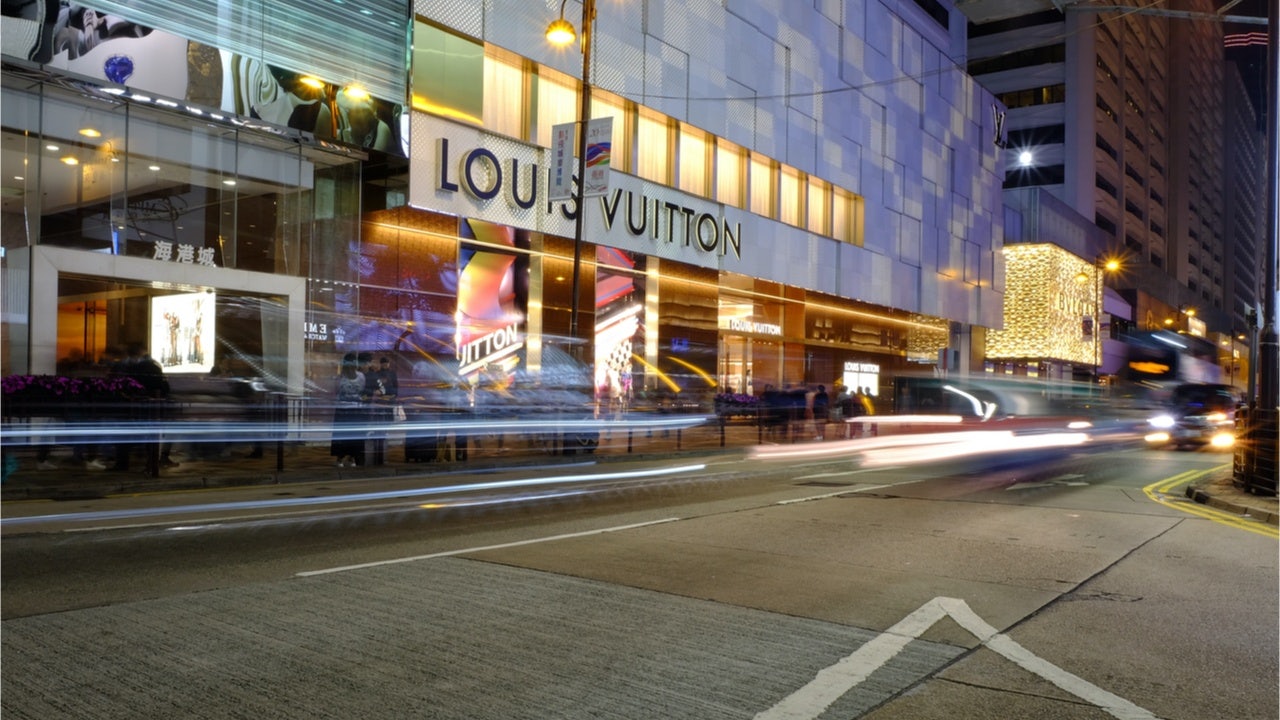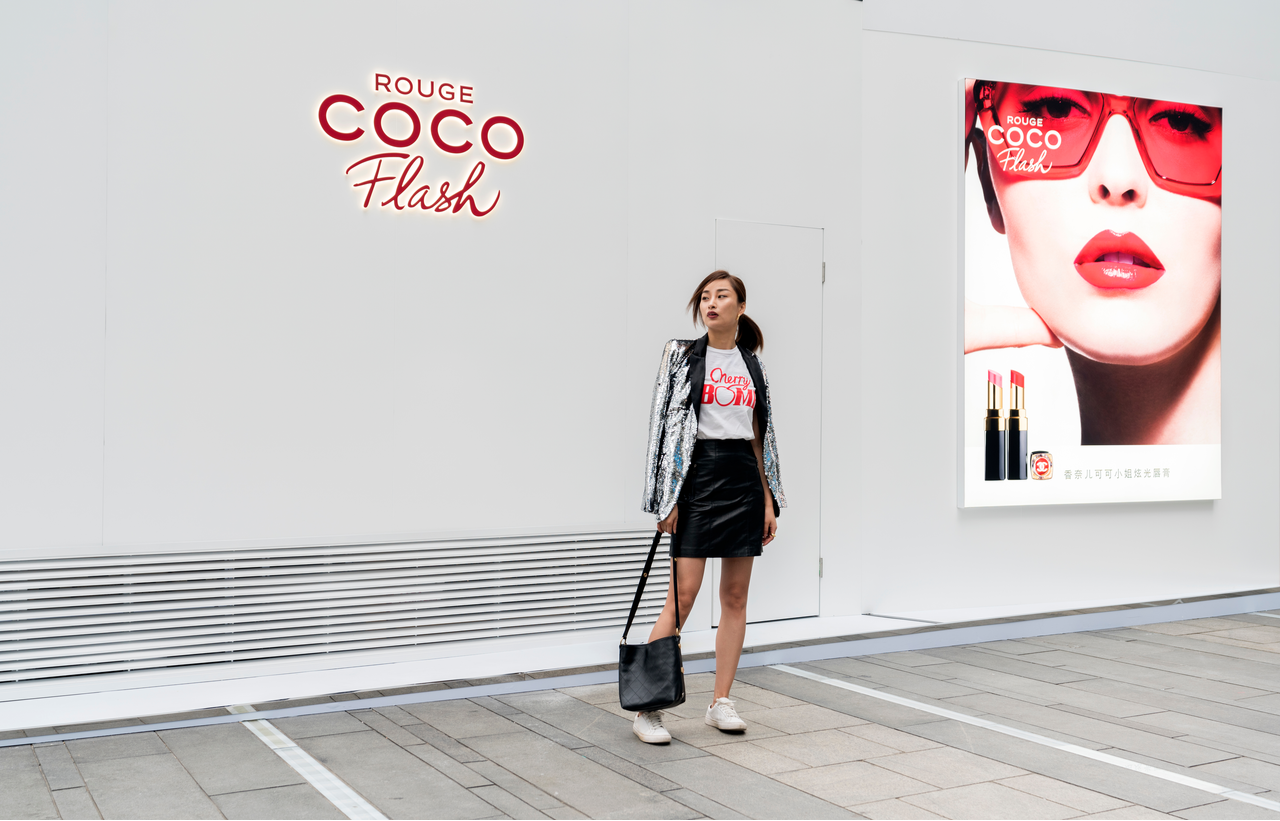China is facing slowing economic growth, and the continued trade war with the U.S. has created a potentially tricky situation where consumer prices could shoot up while businesses’ profit margins decline. As challenges mount, the government has implemented stimulus measures (tax cuts, loans, etc.) to help increase spending, but Chinese citizens are instead becoming frugal, moving farther and farther away from the extravagant spending of years past. And while the luxury industry has recently become dependent on China’s younger, label-obsessed consumers, the high-end segment remains vulnerable to changes coming from Beijing.
McKinsey highlights how young Chinese consumers have become “the engine of global spending on high-end shoes, bags, fashion, jewelry, and watches,” and according to research based on UnionPay transaction data that was used in the group’s 2019 China Luxury Report, “China delivered more than half the global growth in luxury spending between 2012–18, and is expected to deliver 65 percent of the world’s additional spending heading into 2025.”
Yet this economic slowdown might bring a temporary halt to China’s super-consumer phase. Furthermore, it’s expected that the “aspirational class” will avoid “major or discretionary purchases,” and luxury consumers will trade down to curb their overspending impulses. In the end, this pullback will harm consumer confidence and sabotage vulnerable luxury brands. For doubters, they should remember how, when the economic crisis hit in April 2008, Burt Tansky, Neiman Marcus’s president at the time, famously said that “when our customer tightens their belt, it’s generally ostrich or alligator.” Sadly, that wasn’t the case.
In the end, the revival of the industry was linked to the rise of China’s new consumer class.
As stated by Vogue Businessand Bain & Co., the 2008 global financial crisis “lopped 9 percent off the size of the personal luxury goods market.” Luxury brick-and-mortar stores and large chains had an especially tough time, and the crisis set off a domino effect that brought on what became known as the “retail apocalypse.” In the end, the revival of the industry was linked to the rise of China’s new consumer class. Mintel shows that by 2013, Asia-Pacific had overtaken Europe as the largest market for luxury goods. Consequently, it can be argued that China’s excessive spending on luxury goods saved the industry.
Having said that, it’s important to mention that there were heritage brands and luxury groups that thrived even during the global recession. At the height of the financial crisis, in 2009, Hermès increased sales by 8.5 percent and Louis Vuitton grew by double digits. However, both heritage houses used a unique strategy that focused on producing and preserving high-quality goods that were irreplaceable and had a timeless appeal. While most luxury retailers were using an aggressive discount pricing strategy, Hermès and Louis Vuitton increased their revenues and sales by fostering craftsmanship, design, and quality. Success stories during the recession, like these, were few and far between, however, and most brands had to overcome lasting damage.
Considering that “globalization is in retreat and so is the halo effect of China's growth,” analysts are cautious about the future of luxury retail. Deloitte says “the consumer industry is showing cracks in the foundation,” and “it’s critical that consumer companies develop a recession plan now.”
Although some brands are still ignoring the gloomy economic outlook, the vast majority of the luxury industry today is better prepared to weather the upcoming crisis than it was a decade ago. That’s because the rise of e-commerce platforms has reduced business transaction costs, while digitally native luxury startups that leverage data and analytics are reshaping consumer interactions. Additionally, luxury conglomerates have embraced digitalization and new technologies in order to improve productivity goals and to more quickly anticipate the client’s needs. So even if China doesn’t rescue the entire retail industry this time around, luxury’s creative and innovative brands should be able to carry their weight.

